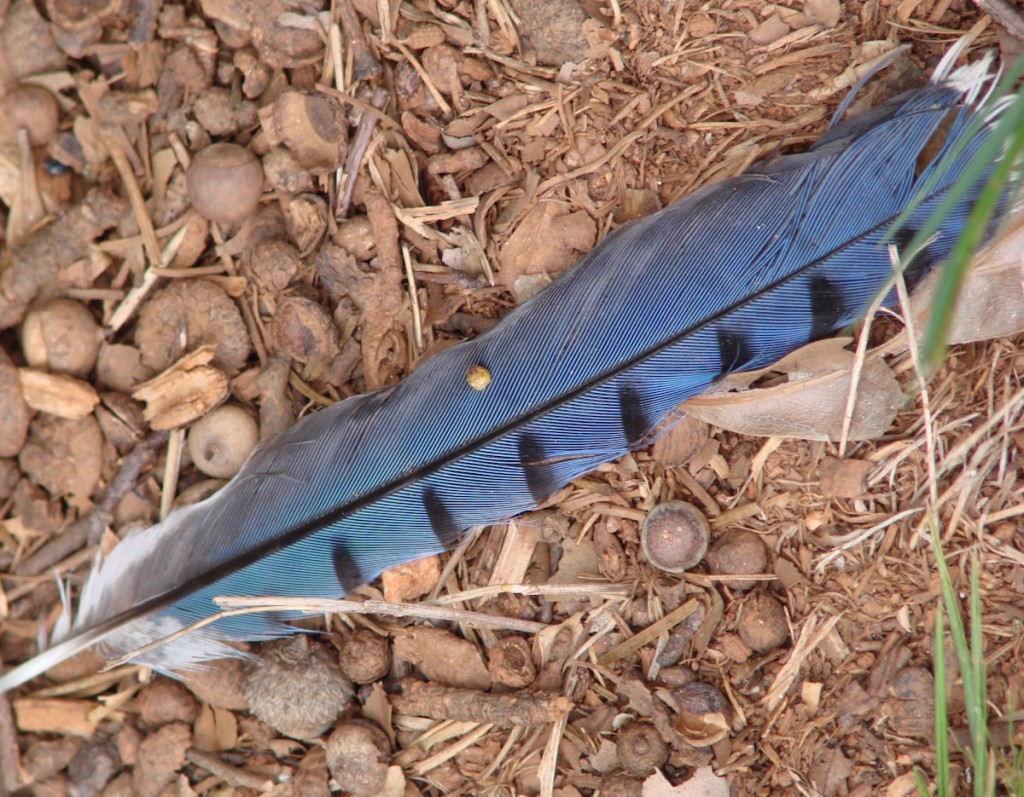
You may have heard the urban legend. One day a guy is hiking along a trail and he spots a gorgeous-looking feather on the ground. He picks it up and carries it around in his hand, looking at it with wonder and curiosity. That’s when he’s arrested and fined $100,000 for possessing a feather illegally.
Sounds preposterous right?
Wrong. While the details of the urban legend may be exaggerated, it is in fact illegal to collect certain bird feathers thanks to the Migratory Bird Treaty Act of 1918.
The nearly 100-year-old act was put into place to protect birds that migrated between the United States and Canada because of a decline in bird populations. Hunting was fairly rampant because the fashion during that time featured hats adorned with bird feathers.
The treaty makes it unlawful to hunt, take, capture, kill, or sell migratory birds. The statute extends to any bird part, including feathers, eggs, and nests.
It seems harmless to pick up a nest or feathers you find on the ground, but it’s against the law because it’s difficult for enforcement officers to figure out whether it was obtained through ignominious or accidental means. So they put the burden on the carrier of the feather and took away the question.
More than 800 species are currently on the list, including the Bald Eagle, Black-capped Chickadee, Northern Cardinal, American Crow, Canada Goose, Mourning Dove, Barn Swallow, Cedar Waxwing, Barn Owl, and more. That means the feathers of all of these birds are forbidden.
An exemption to the act does exist, however. The Eagle Feather Law allows the collection of Golden Eagle and Bald Eagle feathers for religious purposes by Native Americans. In order to quality, individuals must have certifiable ancestry and be enrolled in a tribe.
 Despite sounding a tad ridiculous these days, the roots of the law are sound and still serve a purpose.
Despite sounding a tad ridiculous these days, the roots of the law are sound and still serve a purpose.
You might also be asking yourself what about the bird feathers you see at stores.
Since certain species aren’t protected under the Migratory Bird Treaty Act, picking up and possessing their feathers is perfectly legal. That means nonnative species like House Sparrows and European Starlings aren’t covered, along with nonmigratory birds like turkeys, chickens, Mute Swans, quails, and the like.
So the next time you see a bird feather on the ground, you’d better be sure it’s from an invasive species or nonmigratory bird or leave it alone.



189 Comments
It seems no one has really been charged for picking up an eagle feather, and people who were charged often had the conviction added onto other laws that were broken or were actively killing birds and/or selling their feathers.
The law exists to punish people like that, which is why you don’t see the DNR or USFWS knocking on the doors of hikers and bird-watchers asking if they have any illegal feathers.
And yeah, if you want to use the slippery slope argument that everything fun would end up being illegal eventually, sure. But we’re dealing with an animal endemic to North America, and a symbol of the United States at that, that was almost extinct because of the way humans were interacting with the environment. As far as I’m concerned, humans had the opportunity to do right by this animal and they took advantage of it. So now we have the laws to prevent people from killing the birds and selling them to people who might claim “but I found it!”
It sucks, but getting upset about it is useless because 1) It allowed the Bald Eagle to be removed from the endangered species list in 2007, and 2) unless you go around flaunting it, you’re probably not going to have someone breaking down your door if you happen to pick up a bird feather.
This seems like over-interpretation (or over criminalization). I understand the taking of a feather from a live bird, or the shooting of a bird for the purposes of harvesting feathers. But, if a feather is already on the ground, and innocently picked up, there is no intent to harm certain pieces of birds. Period.
Agreed, Annabella. I work in our county’s courthouse building, which is the annual home of a pair of peregrine falcons. They come, they brood, they lay eggs, and at the proper time a guy from the state comes and bands the chicks, which are the size of chickens and have really healthy lungs. And during the course of all this, the parents provide food for them, so the plaza around the building is often littered with the remnants of their hunts – a whole wing, a foot, a head, and of course feathers. (I call these snackbirds.) In my cubicle I have a few feathers from the falcons and one from a yellow snackbird, all of which I found while walking around the grounds, except for a bit of fluff I picked up off the floor after a banding. Another county employee who doesn’t come up to my floor very often saw them the other day and told me I could get fined, so I came here to check. The law is ridiculous. I love birds and would never hurt them, for feathers or any other reason. I get why protections need to be in place, because people are pigs, but for a kid, or me, a pretty feather is like a gift. My little collage is staying where it is.